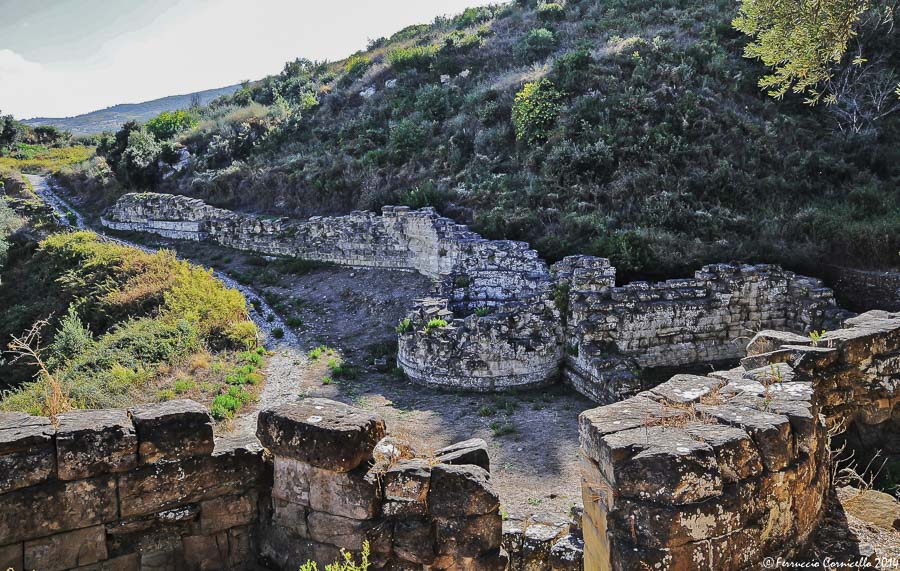


In 2016, the Archaeological Park of Castiglione di Paludi was finally inaugurated, whose completion works were carried out thanks to the funding obtained under the Calabria Operational Plans 2007/13. The first phase of arrangement of the archaeological area is due to the Calabria 2000-2006 Project. In addition to the renewed opening of the archaeological site to the public, the 2007/2013 funding also allowed the setting up of the relative Visitor Reception Center, located on the edge of the village of Paludi on the road leading to the Park. It is a true multifunctional center, designed to host different types of events and shows.

The archaeological site is one of the most important and best preserved evidence of military architecture in Magna Grecia. It occupies the summit plains of a vast hill of about 40 hectares naturally defended by steep slopes and almost inaccessible on all sides. The area was inhabited for a long chronological period between the ninth and third centuries. B.C. The most ancient phase is documented by the enotria necropolis of the early Iron Age (9th-8th century BC), found in Piana Agretto, just outside the walls.
The rise, due to the erosion of the waterways, over time has assumed an isolated position with respect to the nearby hills, therefore naturally defended on many sides by high cliffs. The slope towards the Coserie river strategically controlled the penetration routes from the coast inland. The ancient site of Castiglione probably represented a stage for the transhumance of cattle, for the supply of timber and perhaps also for the famous Brettia pitch, collected right in the nearby Sila woods.

The site was frequented for a long time, from the ninth to the third century. B.C. The most ancient phase is documented by an enotria necropolis (9th-8th century BC), with burial burials in pits covered with heaps of stones, found on the nearby Piana Agretto. Remaining are the remains of the Hellenistic period: to the IV-III century BC. the fortified built-up area is given. Scholars still do not agree on the identity of the people who founded and inhabited this city, of which the ancient name is unknown: according to most, the Brettii, the Italic ethnos who lived in Castiglione in 356 BC, lived was established in independent confederation with capital (metropolis) Cosentia (Cosenza). According to others, the construction technique of the walls and the geometric regularity of the urban layout are indications of a Greek origin of the city. For sure, the town of Castiglione was abandoned around the end of the third century. BC, after the epilogue of the Second Punic War and the consequent Roman conquest of the region.
Archaeological Park Castiglione di Paludi
Address: Via S. Martino, 87060
Phone: 380 750 4699
Site:
http://www.parcoarcheologicopaludi.it/Location inserted by
Bonometti Paola